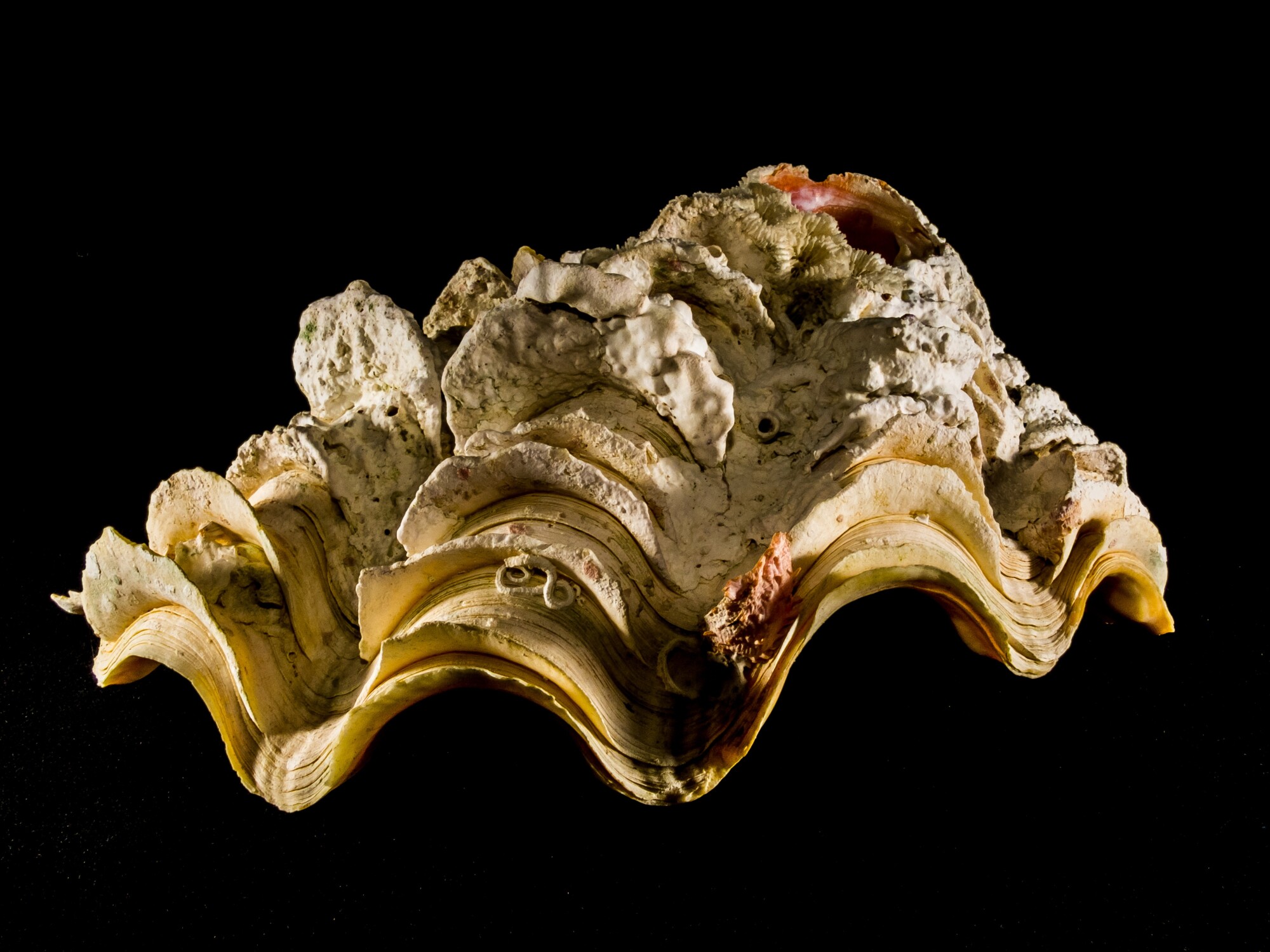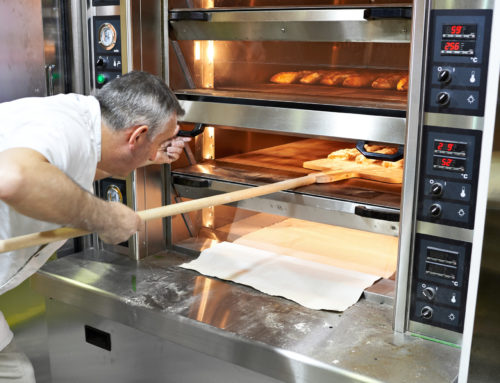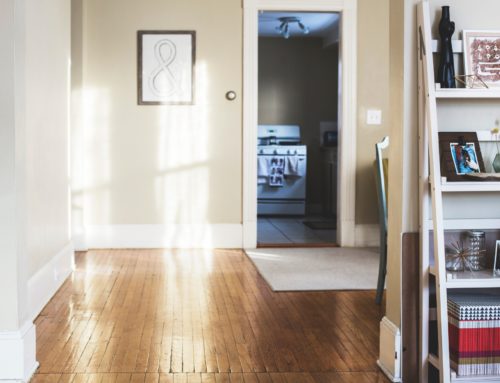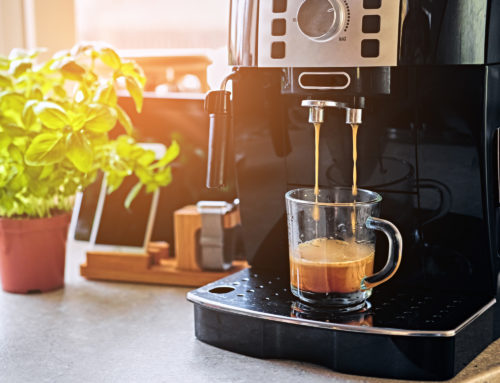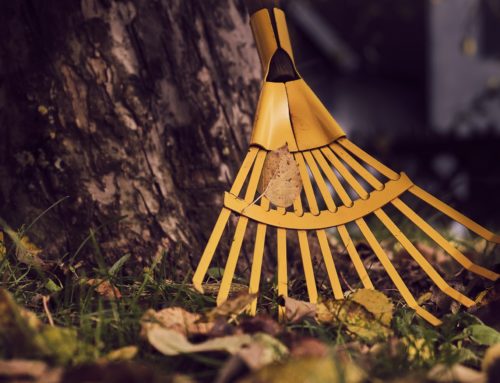Home maintenance can get a bit overwhelming at times, especially with the more intricate bits. If you’ve been working on cleaning your home, you may have found yourself needing to remove limescale. Limescale deposits are extremely common and, thankfully, aren’t too difficult to deal with.
If you’ve been finding yourself needing to deal with a buildup of limescale, we’re here to help. Here’s everything you need to know about how to clean limescale.
What is Limescale?
Limescale is a buildup primarily consisting of calcium carbonate. This is especially common around kettles, boilers, pipes, and washing machines.
That’s because the main way that limescale buildup is created is from hard water. Chemicals in the water will build up, especially around areas with leaks and flowing water. As the water evaporates, the calcium carbonate is left behind to cause the build-up.
How to Remove Limescale
Thankfully, limescale is usually easy to deal with, and you’ll want to deal with it quickly. The deposit can cause damage to the areas it’s built up, especially around chrome faucets. Here are the easiest ways to remove limescale.
Vinegar and Warm Water
You won’t need too harsh of chemicals to deal with most limescale deposits. Fill a pail with warm water and a decent amount of vinegar and take a scrubbing rag.
This, with some elbow grease, is enough to deal with smaller deposits. Consider using a scouring pad to scrape off the harder-to-get bits, but don’t use anything too rough. Be careful not to scratch or damage the bits that you’re cleaning!
Leave to Soak
For larger deposits, you’ll likely want to leave the limescale soaking for quite some time. This is especially the case for long-term buildups such as a sink or a bathtub.
For either of these examples, let them fill with hot water and pour the vinegar over the most afflicted areas. Allow them to soak overnight and you should see an obvious difference when you come to check again.
From here, you should be able to remove most deposits with a rag or scrubbing pad. If the deposits had grown too out of control, you might want to clean it away and soak it again.
Alternatives to Vinegar
Vinegar is easily obtained and generally inexpensive, but you may not want to use it for some reason. If this is the case, consider the following replacements:
- Plumbing combimate
- Lemon juice
- Antacid tablets
- Baking soda
Vinegar is considered more effective than most of these, but these will also work. Combimate is more effective at preventing limescale buildup than removing it.
Dealing With Limescale Deposits
Limescale deposits are common enough that any homeowner is almost guaranteed to deal with them. If you live somewhere with hard water, you can expect to need to see to their removal or prevention somewhat frequently. Once you know how to remove limescale, it’s incredibly easy.
If you have more questions or concerns about a buildup of limescale, feel free to contact us for more information.

